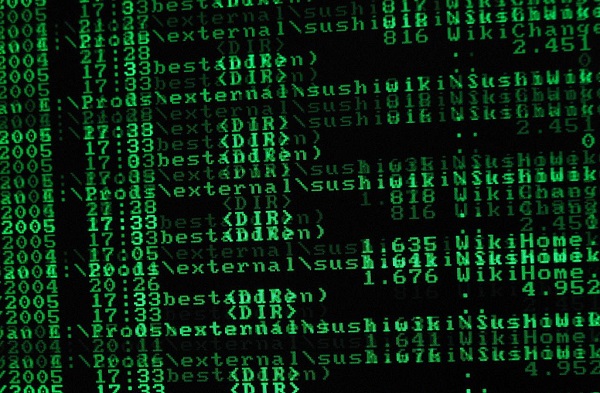In science fiction, it’s called Darknet. In crime thrillers, it’s Dark web. But they are both referring to the same thing – the 90% part of the internet which you can’t access with normal browsers. Yeah, that’s how big the internet really is.
The deep web consists of a wide network of sites that are not indexed by search engines. That is, search engines can’t see it. They are connected via peer to peer networks, like your torrents and co. So, to access it, you’ll need special software, like the Tor (The Onion Router) browser.
The Deep Web gained some media attention after Edward Snowden used it to acquire the information on the NSA’s global surveillance program which led to his now (in)famous whistleblowing act.
Since then, it has increased in popularity among other corporate whistleblowers and journalists especially in repressive societies. I hope you can see the appeal; complete anonymity on the internet is a fantasy in today’s internet. In today’s world, if you want to hide something online, your best bet is the deep web. .
So, how big is this hidden part of the internet?
“Many many users think that when they search on Google they’re getting all the web pages,” says Anand Rajaraman, co-founder of Kosmix. “I think it’s a very small fraction of the deep web which search engines are bringing to the surface. I don’t know, to be honest, what fraction. No one has a really good estimate of how big the deep web is. Five hundred times as big as the surface web is the only estimate I know.”
I should point out that there’s a distinction between Deep Web and Darknet. While Deep Web covers the entire unindexed internet, Darknet is a section inside the Deep Web, known for nefarious activities, like pedophilia and child pornography, drugs and all kinds of shady dealing (like a red light district of sorts).
Here’s a really good infographic detailing the different aspects of the Deep Web.

Source: WhoIsHostingThis.com
Photo Credit: *n3wjack’s world in pixels via Compfight cc











